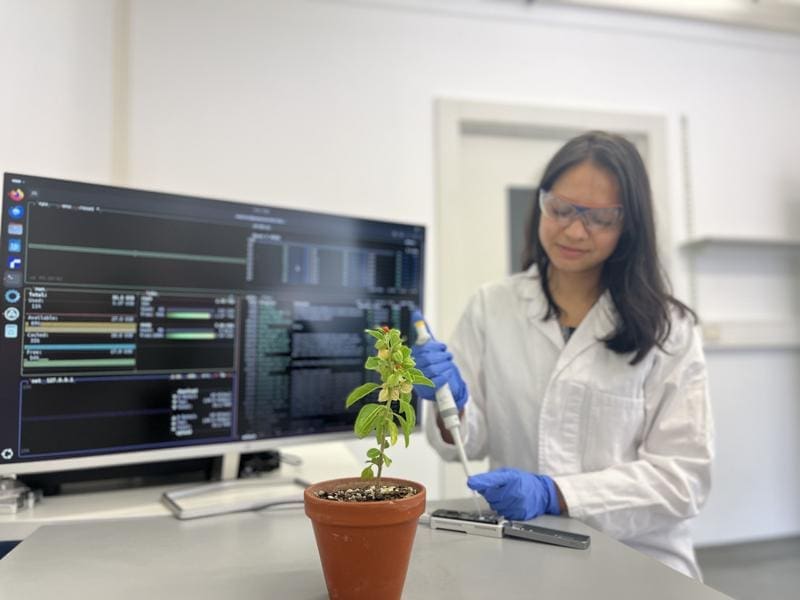Withanolides: Breakthrough in the decoding of plant steroid formation
Research teams from Leibniz Universit├żt Hannover and the University of Bonn have made significant progress in the field of plant biotechnology: they have been able to decipher the genetic basis of the formation of medically effective steroids, known as withanolides, in nightshade plants. These plants include physalis, datura and especially Withania somnifera, known as the sleeping berry or ashwagandha, which is used in a variety of ways in traditional medicine.
Traditional herbal medicine scientifically explained
Nightshade plants are known for their “cocktail” of phytochemicals, which are said to have various effects, such as anti-inflammatory, calming and insect protection. Ashwagandha is used in Ayurvedic medicine, for example, to reduce stress and improve sleep. The pharmacological significance of withanolides, as found in these plants, is increasingly attracting the interest of modern medical research – particularly because of their potential for fighting cancer.

Genome analysis and biotechnological implementation
In order to be able to make targeted use of the active substances in the plants, the scientists first analyzed the complete genome sequence of the withanolide-producing species and of related plants without this ability. They identified a specific gene region that is responsible for the synthesis of steroids. The comparison of different nightshade plants made it possible to clearly assign these key sections.
Model organisms as a production platform
Based on these genetic findings, the team reconstructed the first steps of the complex metabolic pathway of withanolides – not directly in the original plants, however, but initially in model organisms. Baker’s yeast and the Australian tobacco plant Nicotiana benthamiana, both established tools in biotechnology, were used for this purpose. Various enzymes were assembled step by step, similar to Lego building blocks, to produce simple withanolide compounds in the model organisms.
Significance and perspectives
This research marks an important milestone: it lays the foundation for the targeted production of plant steroids, independent of limited natural raw materials. This opens up new avenues for further research into withanolides and their future use as anti-cancer drugs, for example. The project, funded by the German Research Foundation, forms the starting point for the complete elucidation and biotechnological use of withanolide biosynthesis in medicine.
Original Paper:
Hakim et al. (2025): Phylogenomics and metabolic engineering reveal a conserved gene cluster in Solanaceae plants for withanolide biosynthesis. Nature Communications. DOI: 10.1038/s41467-025-61686-1
Editorial office: X-Press Journalistenb├╝ro GbR
Gender note. The personal designations used in this text always refer equally to female, male and diverse persons. Double/triple references and gendered designations are avoided for the sake of better readability ected.




